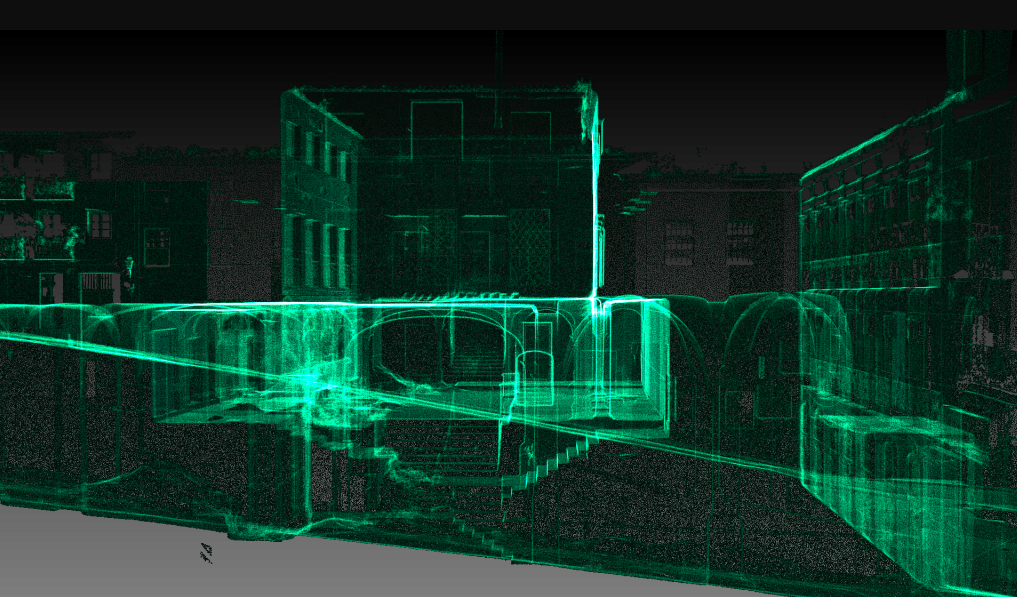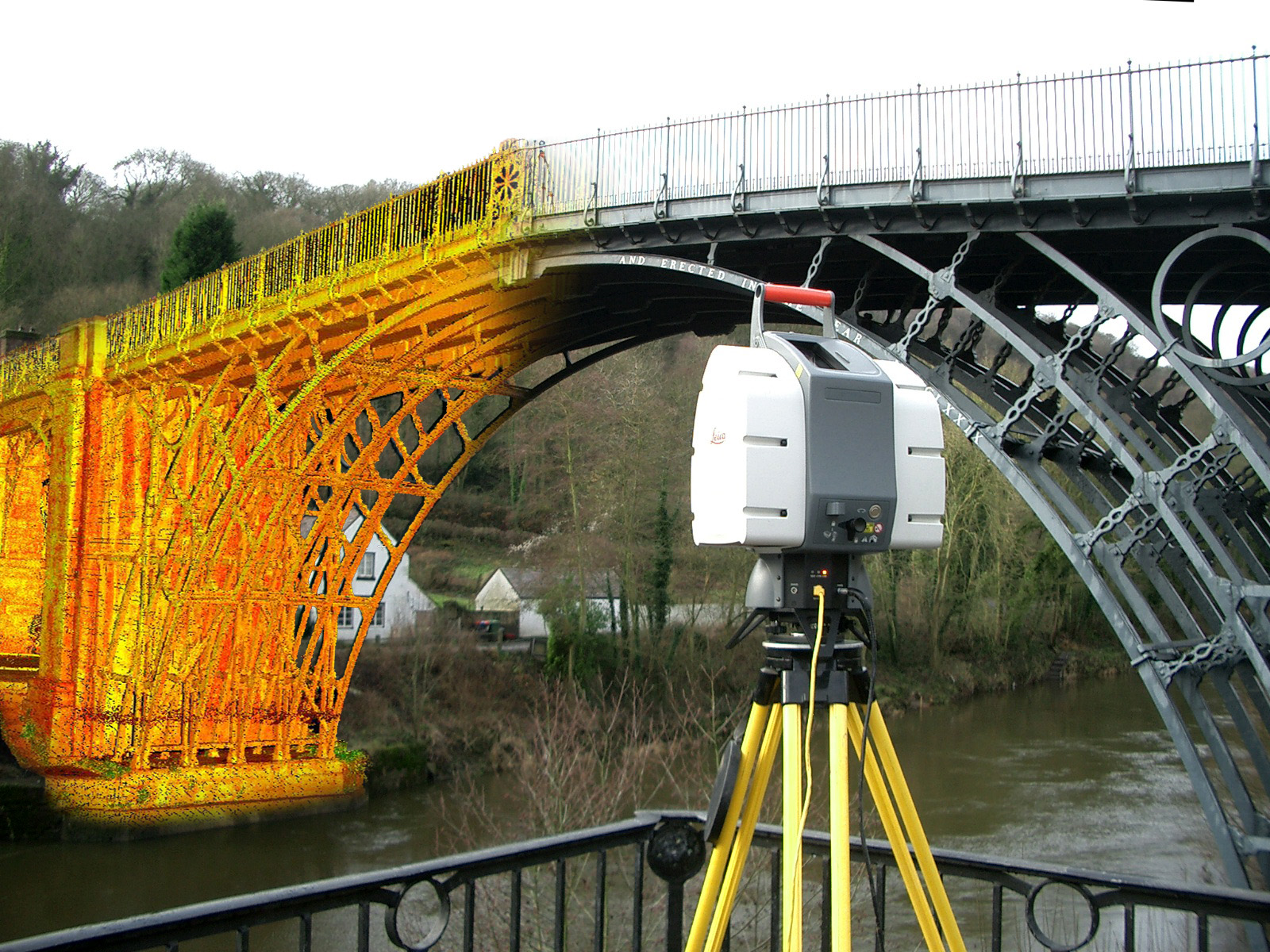How 3D Scanning Enables Creative Freedom
How 3D Laser Scanning Transforms Architectural Style and Construction Projects
3D laser scanning is changing the landscape of architectural layout and construction. This innovation provides unrivaled precision in catching existing settings, which facilitates better task preparation and implementation. It lowers errors while improving performance in different stages of advancement. The implications for partnership amongst engineers, engineers, and other stakeholders are significant. These innovations open up the door to brand-new layout opportunities and ingenious services. What exists in advance for this advancing innovation?
The Fundamentals of 3D Laser Scanning Innovation
3D laser scanning modern technology might seem facility, its core principles are simple and transformative for architectural layout. This modern technology uses laser beam of lights to record exact measurements of physical structures, creating a detailed factor cloud that represents the scanned environment. A laser scanner releases quick pulses of light, measuring the moment it takes for the light to return, which permits the estimation of ranges with remarkable precision.
The resulting point cloud can be transformed right into a 3D design, providing architects with indispensable aesthetic data. This version allows professionals to evaluate and control style elements within their projects, permitting for innovative remedies and boosted visualization. By utilizing 3D laser scanning, architects can much better recognize the present problems of a site, making certain that brand-new designs balance with their environments. This combination of innovation into building layout marks a considerable improvement, promoting creative thinking and precision in the area.

Enhancing Accuracy and Performance in Architectural Projects
As building tasks increasingly require precision and speed, 3D laser scanning becomes a critical device in boosting both precision and performance. This technology records countless data points in a short duration, producing thorough and specific 3D designs of existing structures. The capacity to get accurate dimensions lowers the risk of errors during the design phase, enabling designers to visualize their tasks with unparalleled clarity.
The rapid information collection procedure lessens the time invested on-site, enabling groups to concentrate on analysis and design improvements. With real-time data schedule, adjustments can be made swiftly, promoting a more structured operations. The integration of 3D laser scanning right into architectural practices not only enhances dimension accuracy yet also boosts the total project timeline, assisting in quicker decision-making. In an industry where precision is essential, this innovation stands as a transformative force, boosting the requirements of architectural design and construction projects.
Enhancing Collaboration Among Stakeholders
While conventional architectural procedures typically include fragmented communication amongst stakeholders, 3D laser scanning promotes a more cohesive joint environment. By offering accurate, high-resolution information, this technology allows architects, customers, contractors, and engineers to operate from a unified point of reference. The thorough visualizations created via laser scanning eliminate misinterpretations and uncertainties, ensuring that all events have accessibility to the very same info.
This openness enhances decision-making and motivates prompt responses, as stakeholders can easily visualize design aspects and spatial connections. Furthermore, the integration of 3D scanning data right into Building Information Modeling (BIM) systems even more simplifies partnership, permitting real-time updates and alterations. Such seamless interaction not just reduces problems yet also accelerates task timelines, as all stakeholders remain lined up throughout the layout and building and construction stages. Eventually, 3D laser scanning changes conventional process right into a more efficient and collaborative process, profiting all celebrations included.
Unlocking Creative Opportunities in Layout
By making it possible for engineers to picture complicated spatial relationships and intricate details, 3D laser scanning reveals creative opportunities in design. This technology enables accurate mapping of existing atmospheres, allowing architects to check out innovative ideas that might have previously seemed not practical. With extremely exact data, designers can trying out unconventional types and materials, pressing the boundaries of standard design.
The assimilation of 3D laser scanning right into the style process promotes cooperation amongst multidisciplinary groups, encouraging the exchange of ideas and enhancing try these out imagination. The comprehensive visualizations generated by this technology not just aid in identifying potential design difficulties however additionally inspire options that may not have been thought about. As an outcome, engineers can create extra vibrant and appealing areas that reverberate with users while meeting useful requirements. Eventually, 3D laser scanning transforms the architectural landscape, encouraging designers to recognize their visions with unprecedented accuracy and creativity.
The Future of 3D Laser Scanning in Architecture and Construction
The integration of 3D laser scanning into architectural layout not only improves creativity but additionally establishes the phase for its evolving duty in the future of architecture and building. As innovation advancements, the accuracy and effectiveness of laser scanning will certainly remain to boost, allowing designers and contractors to produce much more complicated layouts with precision - 3D Scanning. Making use of this innovation in real-time information collection will assist in far better decision-making, decreasing mistakes and simplifying operations
Future applications might consist of augmented and online fact combinations, enabling stakeholders to envision projects in immersive atmospheres. Additionally, as sustainability comes to be a top priority, 3D laser scanning will support the development of energy-efficient layouts by offering thorough insights right into existing frameworks. As partnership among different self-controls becomes more important, the capability to share precise 3D versions will cultivate technology and enhance task results. Ultimately, 3D laser scanning will certainly redefine criteria in architectural design and building and construction techniques.
Often Asked Questions
What Is the Expense of Applying 3D Laser Scanning Innovation?

How much time Does a Common 3D Laser Scanning Task Take?
A normal 3D laser scanning project can take anywhere from a couple of hours to a number of days, depending upon factors such as the task's dimension, complexity, and the level of information required for exact data capture.
What Sorts Of Projects Benefit A Lot Of From 3D Laser Scanning?
3D laser scanning benefits numerous jobs, particularly large buildings, historic restorations, and intricate renovations. It improves accuracy in dimensions, reduces mistakes, and offers in-depth information important for effective planning and execution in architectural design and building.

Are There Certain Software Programs Required for 3D Laser Scans?
Yes, particular software programs are essential for processing 3D laser scans. 3D Scanning. Popular alternatives include Autodesk ReCap, Faro Scene, and Leica Cyclone, each offering distinct attributes tailored for examining and visualizing scanned data effectively in different projects
Just How Does 3D Laser Scanning Impact Environmental Sustainability in Building And Construction?
3D laser scanning enhances environmental sustainability in construction by decreasing product waste, enabling accurate dimensions, and advertising effective resource usage. This modern technology permits better preparation, reducing check here the environmental impact of construction projects through improved accuracy and efficiency.
3D laser scanning is changing the landscape of building design and building. 3D laser scanning innovation may appear complex, its core concepts are transformative and simple for building design. By making it possible for architects to imagine intricate intricate information and spatial partnerships, 3D laser scanning exposes Bonuses creative possibilities in design. The assimilation of 3D laser scanning right into the design process cultivates partnership among multidisciplinary teams, motivating the exchange of ideas and improving imagination. The integration of 3D laser scanning right into architectural design not only boosts creative thinking yet also sets the stage for its progressing function in the future of design and building.